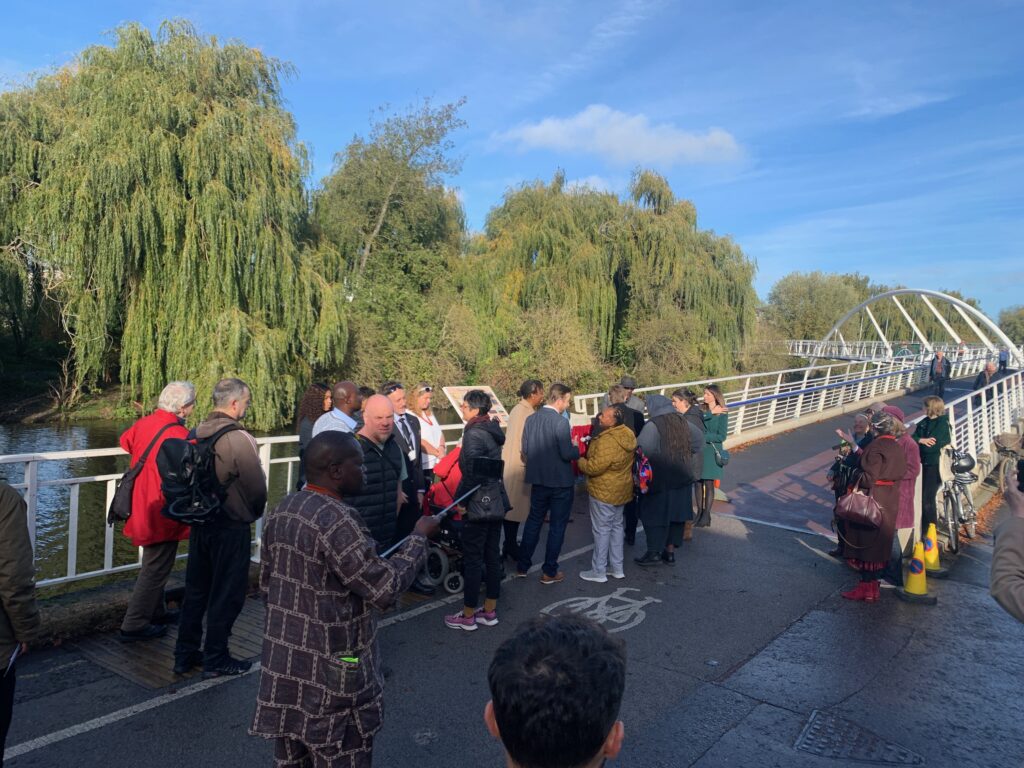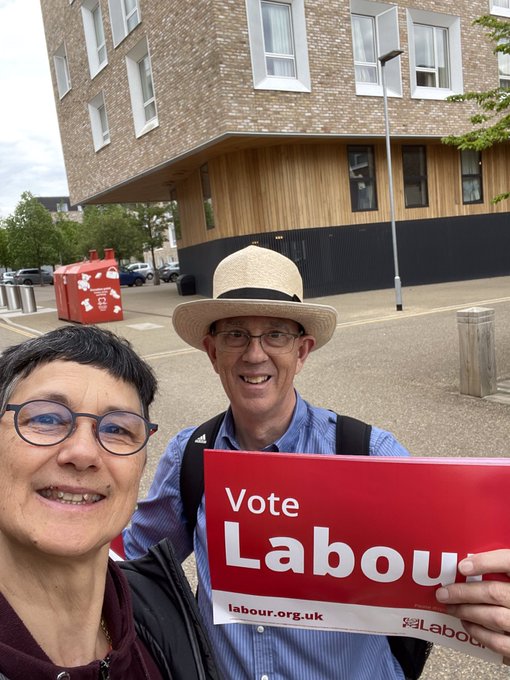I wrote an article recently for the East Anglian branch of Railfuture, raileast
You can see the whole issues here on the RailEast website
It’s a real privilege to represent Cambridge City Council on the East West Mainline Partnership, and an opportunity to ensure that we can make a full contribution to improving rail services in the region.
It also reflects the commitments made by Cambridge Labour, the controlling group on the City Council, to support further rail investment and improvements, acknowledging what has currently been achieved and building on it.
Our wider transport strategy is clear about the importance of rail and the City Council, via the County Council as the transport authority, made a commitment to support investment and improvements in the rail network through the 2014 Transport Strategy for Cambridge and South Cambridgeshire, which supports our current 2018 Local Plan.
It’s great that all the planned rail service improvements have been implemented along with many of the future service enhancement sought, but the main outstanding development is the Bedford to Cambridge connection.
Fortunately funding has been allocated for the feasibility, contracts and delivery of the Stage 3 Bedford to Cambridge section and, subject to ministerial approval, could be approved in the next few weeks but with so many changes in the government we may have to wait longer to know if this will be granted or not.
And we want to go further, with a proper assessment of routes from Norwich and Ipswich to Bristol and Cardiff via Cambridge. We need a more extensive, integrated rail system that is not London-centric, one that reflects changing patterns of living and working.
It is vital that we get this right: a modern transport system needs to work for people in their daily lives. People shape their lives around transport systems, asking whether there is a bus stop near home or work, how long it will be to cycle to a rail station or get to the shops or GP surgery.
These are fundamental considerations, and we will be judged on how effectively we can deliver. Working with the East West Mainline Partnership offers a significant contribution to achieving our shared goals.












